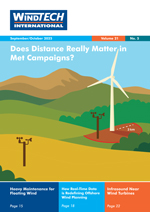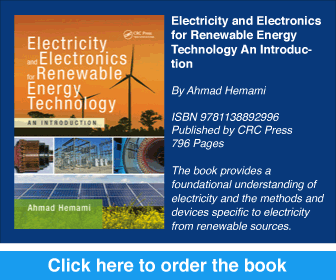Innovative Floating Platform for Deploying XXL Turbines
The main focus on releasing the potential of deep-water wind is how to reduce costs to make it competitive with nearshore wind. Nearshore bottom-mounted wind is now generating at nearly half the cost of nuclear.
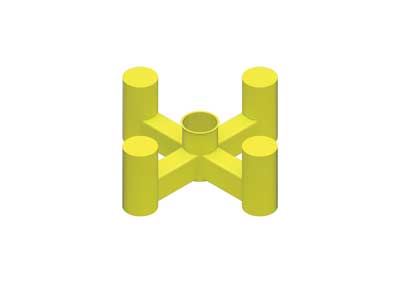 |
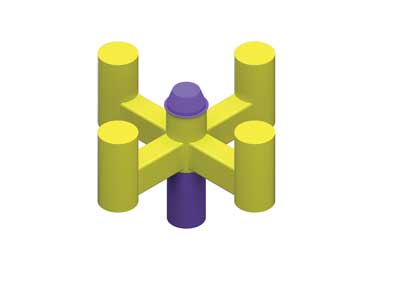 |
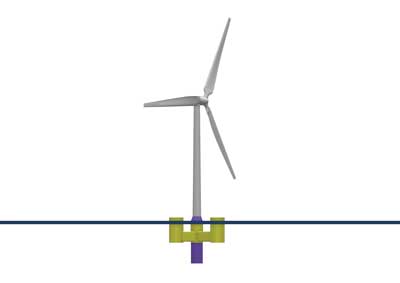 |
One way to drive down costs is to go for bigger turbines where so-called XXL units with capacities of up to 20MW are being considered. But such large units demand very stable platforms to resist the large capsizing moments. Increased stability with a floating platform means increased size and this has implications for where they can be built, what facilities can be utilised for their build, and how they can be deployed to site. This article reviews the fundamental stability consideration and how it impacts the size of the established floating platform solution of ‘spar’ and ‘semi-submersible’. The author proposes an alternative solution combining the features and advantages of the ‘spar’ and ‘semi-submersible’ – termed a ‘multifloat-spar’ – and puts forward its advantages in helping to drive down the cost of deep-water wind.
By Graeme Mackie, Oceanflow Energy, UK



